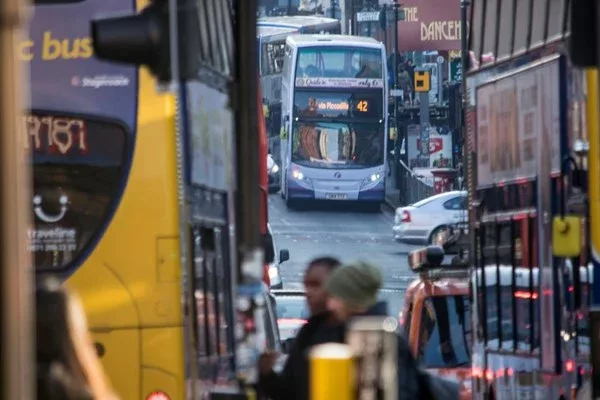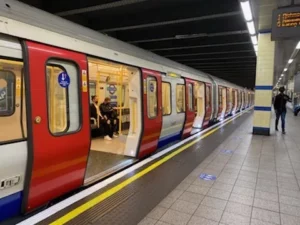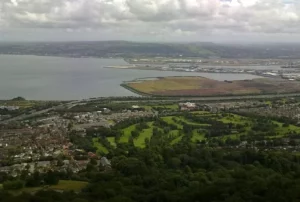The Built Environment Committee has published its report, ‘Public transport in towns and cities’, which concludes that cuts to bus services, wasteful bidding processes, and inadequate transport planning processes are hindering the delivery of high-quality public transport services in towns and cities outside London.
Key points
- Nearly two thirds of all journeys on public transport are by bus. The end of pandemic support funding in March 2023, with forecast cuts of up to 20%, could have a detrimental effect on people who rely on buses, and risk a downward spiral of reducing demand. Decisions on funding beyond next March are urgently needed and the Government should ensure a good standard of bus services are maintained.
- The process of local authorities bidding for competitive central government capital funding is costly, resource intensive and inefficient. The Government should examine the feasibility of transferring to a system of periodic block grants, which could encourage more coherent and long-term transport delivery with spending priorities determined locally by those with local knowledge.
- The National Bus Strategy set in motion a requirement for local transport authorities to adopt either an enhanced partnership or a plan to establish a franchising scheme. The effectiveness and value for money of both systems should be monitored by local and central government.
- Post-pandemic public transport demand remains unpredictable. Peak commuter traffic may have been permanently reduced. Travel for leisure, at weekends and throughout the day has recovered more quickly than commuter travel. Transport service providers can make public transport a more attractive option by meeting users’ preferences on convenience, reliability, punctuality, fares, safety and frequency. The fear of abuse and harassment can deter women from using public transport, so ensuring that stations and interchanges are safe and well‑lit should be a priority.
- Owing to pressure and demands on local resources, spatial and transport planning has not been sufficiently integrated, with new homes built in places without access to public transport. To help integrate transport planning, the Government should formally link the production of Local Transport Plans with Local Plans.
Lord Moylan, Chair of the Built Environment Committee, said: “We have called on the Government to take action on the areas inhibiting the delivery of quality public transport services in towns and cities outside London. One of the immediate problems is the end of pandemic support funding for buses in March 2023, which could lead to bus cuts of up to 20% and risk a downward spiral of reducing demand. This would hit the poorest hardest.
“The Government should also improve the way transport projects are funded, by moving away from local areas bidding for competitive central government capital funding, which is costly, resource intensive and inefficient. Instead, there should be a system of more periodic block grants. A framework should be set to allow local authorities to better coordinate local plans and transport planning.”
Other findings
- A multimodal, multi-operator zonal ticketing system in each large town or city would make contactless ticketing easier to deliver. The Government should evaluate the costs and benefits of such systems in large towns and cities and share their findings.
- While recognising competitive constraints, improvements to operational data sharing could benefit passengers, by providing more accurate live information, and operators, by growing demand and enabling them to plan and deliver services more efficiently.
- The Government must publish its overdue review of the benefits and costs of providing concessionary travel to different user groups. The review should consider where concessionary fares could best be targeted to maximise societal benefits.
- The Government should monitor trials of the Coventry very light rail pilot scheme to assess its effectiveness in achieving the advantages of light rail with reduced capital outlays, with a view to providing further support.
- Evidence from recent trials of demand-responsive transport – including in Oxford and the ‘fflecsi’ programme in Wales – will enable the Government to assess whether similar services could be beneficial in some suburban areas.





















